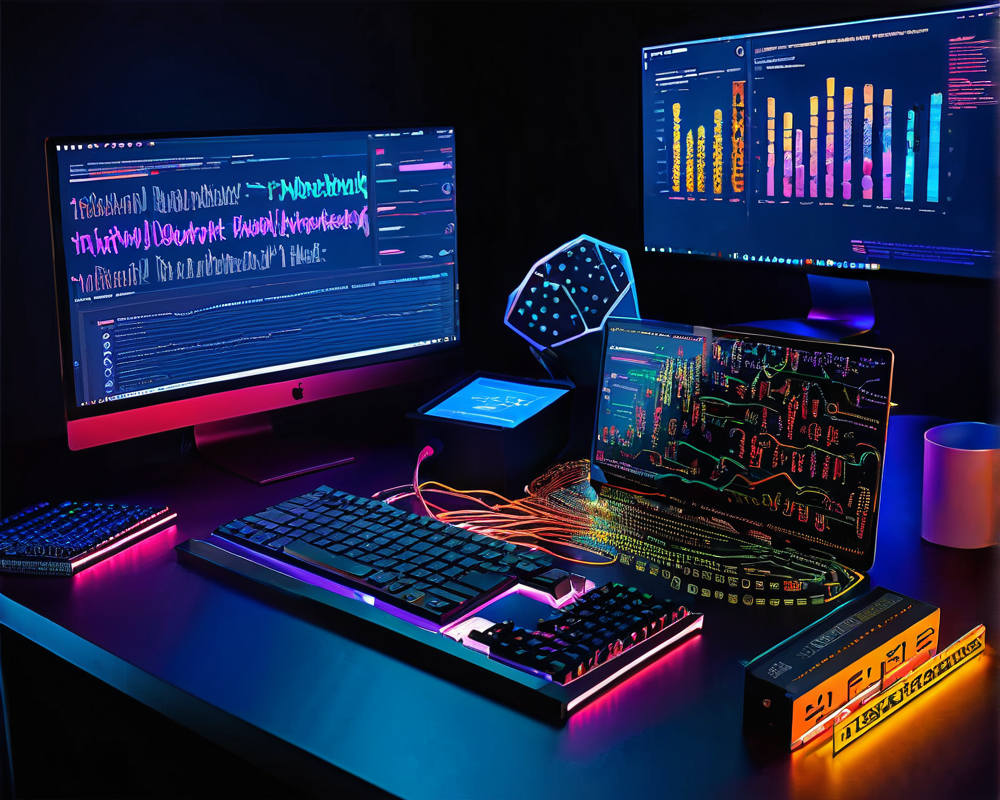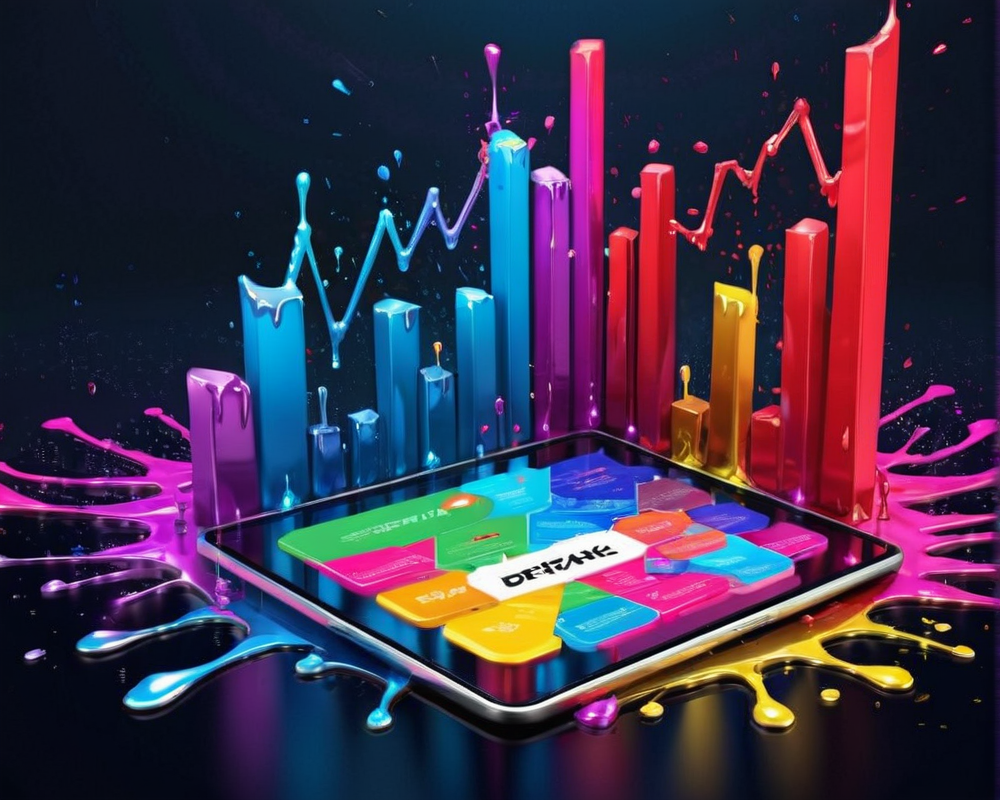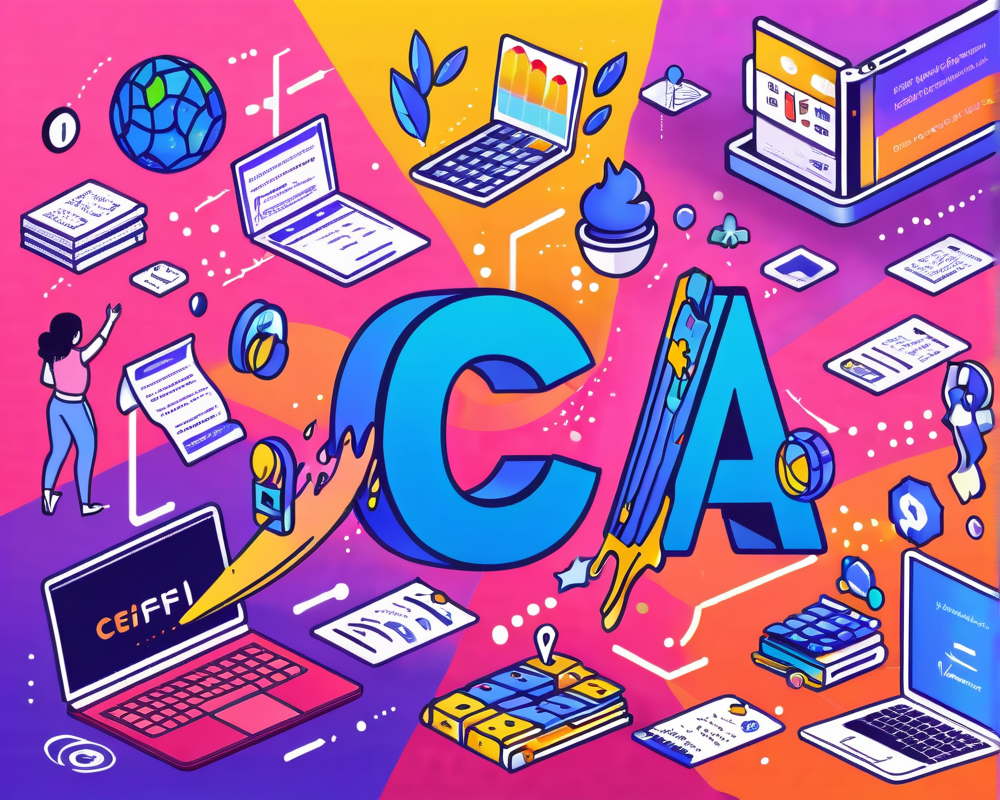Latest Developments in the Legal Landscape
On October 30, the tides shifted a little too much in favor of generative AI firms as a California district judge dismissed significant portions of a class-action copyright lawsuit. Judge William Orrick, wielding more authority than a caffeinated librarian with a gavel, found the claims against AI giants like Midjourney, DeviantArt, and Stability AI lacking sufficient proof. It’s a plot twist that would make even the most seasoned legal drama writers raise an eyebrow.
What Prompted the Lawsuit?
This lawsuit was birthed out of frustration—artists accused Stability AI’s model, Stable Diffusion, of feasting on billions of copyrighted images like a kid in a candy store. They alleged that these images were used without permission to train the AI, a move they likened to photocopying books and calling it research. Added into this legal buffet was DeviantArt, which allegedly allowed Stable Diffusion to riff off millions of its uploaded artworks without so much as a “please” or “thank you.”
Judge Orrick’s Take on AI-Generated Art
During the proceedings, Judge Orrick stated that, despite the strong concerns voiced by artists, AI-generated images likely do not infringe on their rights. Essentially, he argued that it’s “not plausible” to assert that the stunningly innovative yet strangely surreal outputs of generative AI are copies of any particular artist’s work. In his view, unless the class can conjure up evidence showcasing clear similarities between these AI creations and specific artworks, the claims are as solid as a wet napkin during a barbecue.
The Legal Noise Behind Copyright Claims
What makes this battle particularly fascinating is the backdrop of similar legal skirmishes involving heavyweights like the Author’s Guild versus OpenAI, Universal Music Group going toe-to-toe with Anthropic, and Getty Images in a two-front war against Stability AI both in the U.S. and the UK. It’s like a high-stakes game of whack-a-mole, where every pop-up requires fresh legal strategies and heaps of evidence to ensure they don’t get whacked first.
Next Steps for Artists and AI Firms
Judge Orrick’s decision did allow for one copyright infringement claim to proceed against Stability AI, giving the class 30 days to bolster their case. It’s a lifeline, but like a flip phone in an iPhone world, artists will need to prove their worth. Without their images registered with the Copyright Office (which is a requirement!), the ability to pursue claims becomes as feasible as instructing cats to fetch.
Conclusion: The Road Ahead
As we sit on the edge of our chairs watching this unfold, it’s evident that the intersection of technology and creativity is fraught with complexity. Will artists succeed in protecting their rights, or will AI’s voracious appetite for data continue to run amok? The next chapters in this saga may very well determine the future of both art and artificial intelligence.




